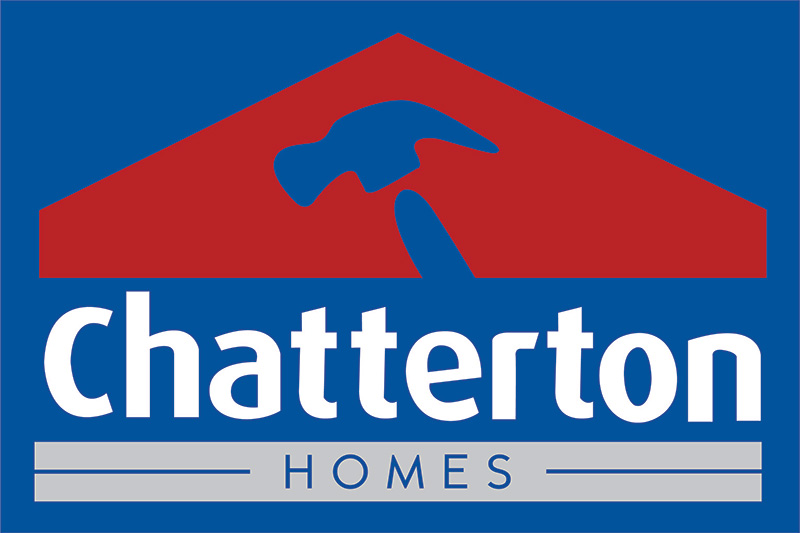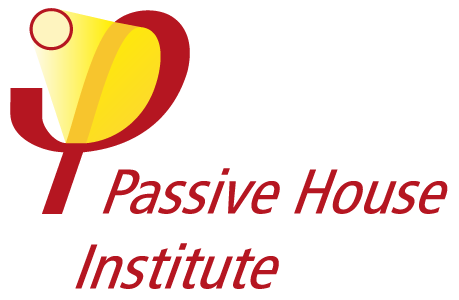If you are building a high-performing home, it is worth considering PHPP, a detailed form of energy modelling known as the Passive House Planning Package. You don’t need to aim for certification for this to be of benefit, but if you are seeking passive house certification (international passive house or low-energy standard), PHPP is one aspect of a series of compulsory requirements.
PHPP provides a detailed scientific analysis of how your house is likely to perform and is completed at the design stage. This allows any tweaking to the design to be made to improve its performance before the build starts and changes can no longer be made.
PHPP is based upon physical algorithms and the cost starts at around $2500 + GST. Some designers are qualified to undertake PHPP themselves, or we can contract an independent consultant.
At the end of the exercise, it will supply your predicted heating and cooling loads, and suggest areas of the design that could produce a better outcome. It enables an informed decision to be made at the design stage and consideration of any additional costs compared to the benefits it may provide. This is important if you are aiming for a specific performance level, or you would like the confidence of tangible data showing that the additional investment will provide significant benefit.


